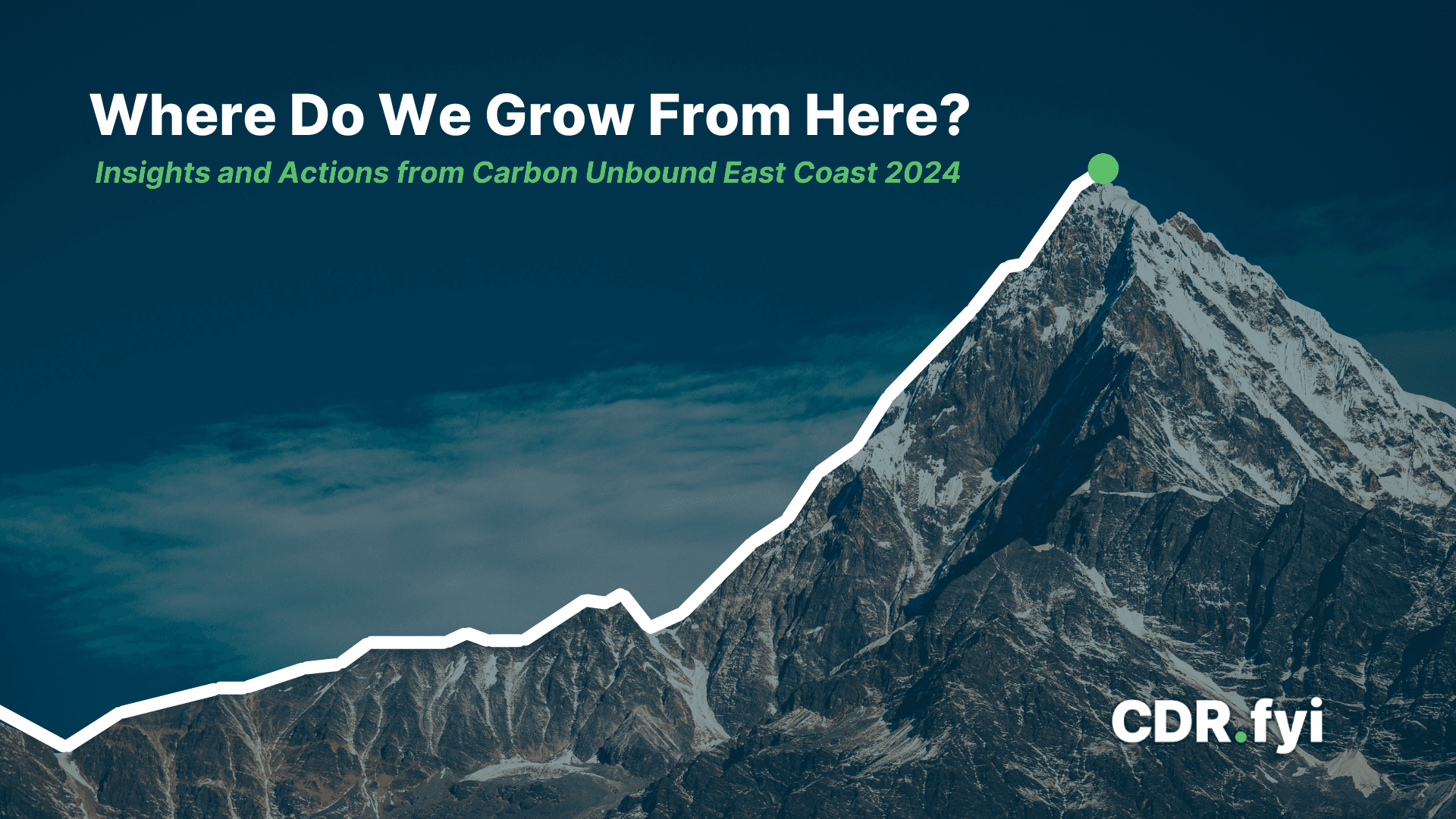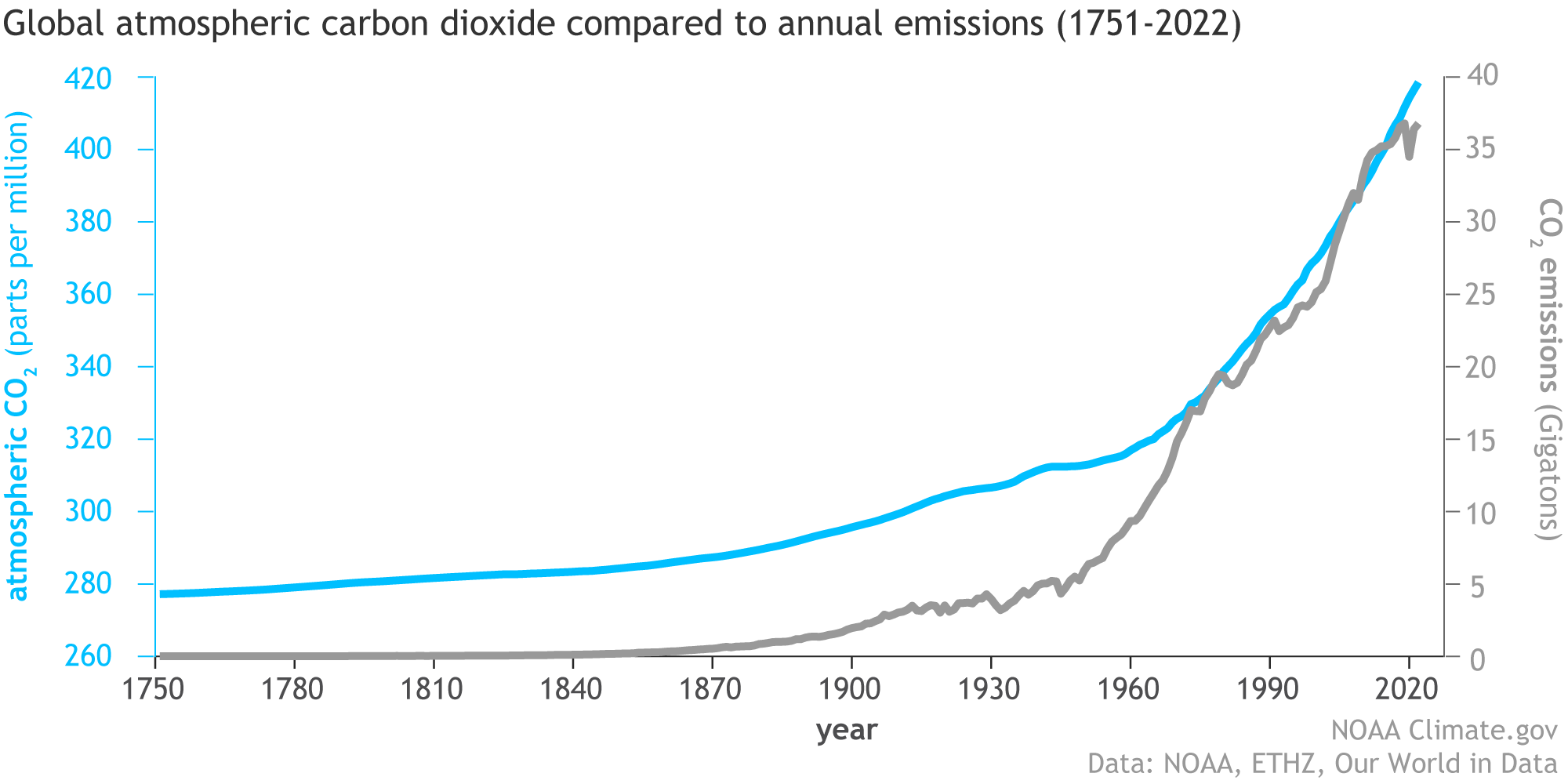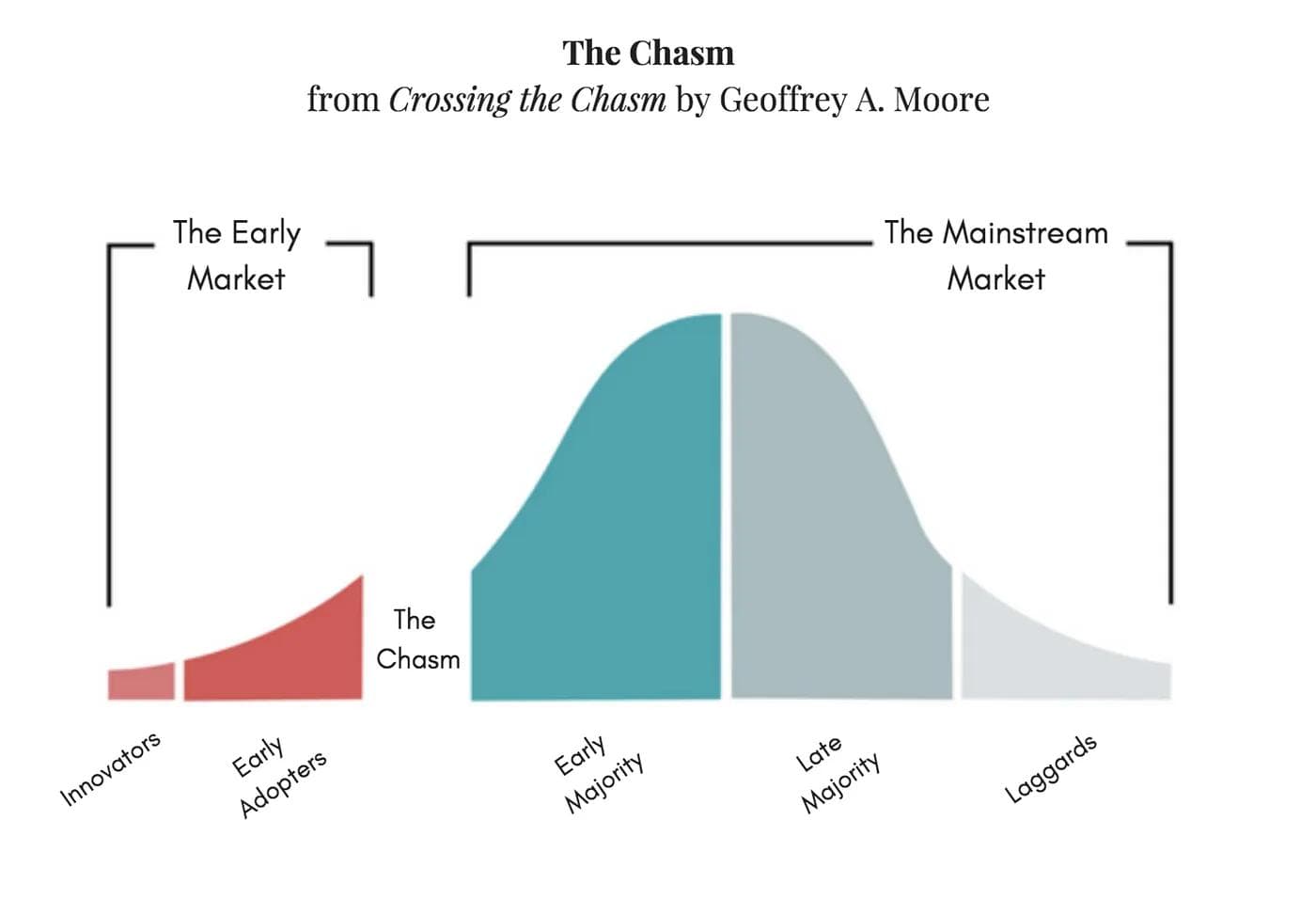May 28, 2024
Where Do We Grow from Here?

A post by Alexander Rink
Last week, I had the privilege of attending and speaking on the state of the carbon dioxide removal (CDR) market at my first climate conference, Carbon Unbound East Coast in New York City. With over 400 organizations attending, the conference boasted a lineup of many of the rock stars of the CDR industry, including from market leaders like Microsoft, Stripe, Shopify, Meta, JP Morgan, Puro, Isometric, 1pointfive, Vaulted Deep, and neustark. The presence of policymakers, NGOs, consultants, and media further enriched the dialogue.
A few years ago, I chose to dedicate my time to businesses with a meaningful purpose for people and the planet. I chose climate as my cause, and CDR as the area where I could make the greatest impact. Most, if not all, of the people I have met in climate have a strong mission orientation, and that came through clearly from other attendees at the conference.
So what did I take away from my first Carbon Unbound?
Vibrant Growth in CDR
At a top-level, the CDR market is showing robust growth, with a 7.5x increase in purchases from 2022 to 2023. This momentum has continued to build into 2024, with total CDR purchases through May 18 exceeding those of full-year 2023. Overall market volume has risen dramatically since I first resolved to put my shoulder behind helping to grow CDR: we now only need the market to expand 1,000 - 2,000x over the next 26 years, rather than the 10,000 - 20,000x of a couple of years ago.
The Microsoft Tide is Lifting All Boats
Peel one layer beneath the surface, however, and concerns emerge. One company, Microsoft, now accounts for roughly ⅔ of cumulative durable CDR purchases. Said another way, they have purchased almost twice as much durable CDR as all other companies on the planet. Combined.
A second group of purchasers, which we term Leaders, take up spots 2 to 10 on the CDR.fyi leaderboard. They include proactive and forward-thinking companies such as Stripe, Shopify, Alphabet, Meta, and others in the Frontier consortium; the NextGen buying group; as well as Airbus, Amazon, BCG, and Boeing, to name a few. While they continue to be significant contributors, they helped bring this market into being 2020 - 2022 and paved the way for Microsoft to enter in a big way in 2023.
The drop-off, however, is dramatic: Microsoft’s cumulative CDR purchasing volume being 150x that of the last of the 10 in the Leaders group, Climate Cent Foundation at #11 on the CDR.fyi Purchaser leaderboard. Another 300 purchasers collectively account for 9% of the total market to date.
Diversity, Diversity, Diversity
Diversity is a buzzword in society, but it also has a role in business metrics. Any company leader knows intuitively the risks inherent in having too much revenue concentration or, said another way, a lack of revenue diversification. That’s where we are in CDR right now.
All of the commitment and passion of the attendees at Carbon Unbound, and of those who are in the space but did not attend, will be for nought if we don’t diversify the base of purchasers. I almost felt sorry for the beleaguered but dutiful sustainability leaders at the aforementioned companies, outnumbered at least a 10 to 1 ratio by suppliers in the space, each of them eager for the validation, not to mention revenues, that comes with a purchase from the rigorously developed and honed assessment purchase process of a Microsoft or Frontier.
Fortunately, the number of durable CDR purchasers has risen every year since the first three that we recorded in 2019, as one would expect in a market requiring explosive growth for us to keep the planet habitable. What’s alarming, however, is that we are currently on track for a down year in the number of unique purchasers in 2024 as compared to 2023. Let’s pause on that point: just about every company is likely going to need to buy some form of CDR to achieve net zero, and we are backsliding. Couple the rosy market growth that I outlined at the beginning of this post with the declining number of purchasers and you have the opposite of diversity.
Without a significant increase in the diversity of CDR purchasers, the market risks implosion or, at the very least, a severe setback of multiple years—an outcome we cannot afford in our race to achieve net zero. It is critical for new players to enter the market and sustain the early momentum.
If we visualize the CDR market as a mountain range, we need a purchaser landscape filled with multiple high peaks like the Himalayas, not a towering but solitary Kilimanjaro. That’s the kind of diversity that is essential for resilience and sustained growth.

[Photo of Himalayas by Bisesh Gurung on Unsplash]

[Photo of Kilimanjaro by Sergey Pesterev on Unsplash]
Opportunity?
In Sep 2023, my CDR.fyi co-founder and longstanding CDR thought leader, Robert Höglund, posted how only 0.5% of the almost 6,000 companies who had established net zero targets or made commitments with Science Based Targets initiative (SBTi) had purchased durable carbon removal. Now eight months later, the number of SBTi companies has risen to over 8,000 and the percentage of them who have purchased durable CDR is … 0.6%.
You might ask yourself if the focus on avoidance and reduction has reduced the need for CDR. Unfortunately, overall emissions data clearly shows that this is not the case. Despite efforts in these areas, the need for durable carbon removal remains urgent and critical.

On the positive side, there were 6,000 companies engaged with SBTi in September, and there are 8,000 now. That’s a 33% increase in only eight months. Now let’s translate the words of those thousands of companies with SBTi engagement into the action of CDR purchasing.
Forging a Path
We are facing a crossing-the-chasm moment except that it’s not from the early adopters to the early majority; it’s from the innovators to the early adopters, or even from the trailblazers to the innovators.
What Frontier and NextGen started, and Microsoft has taken to a whole new level, is to hack a trail for others to follow. What can we do to encourage more purchasers to enter the market?

[Image credit- Words by Sorensen.webp]
Focus on Early Adopters: In a Nov 2022 article, Robert made the case that companies with low emissions intensity would make for the most likely purchasers of CDR. Based on our transaction history at CDR.fyi, we can now add a couple of other criteria: high profit margins and progressive employee bases. Sectors and companies that emerge based on those criteria include:
- Software & Services: Microsoft, Shopify, Stripe, Alphabet, Meta (arguably Amazon as well but we have them classified under Retailing)
- Financial Services: JP Morgan, UBS Financial, TD Securities
- Professional Services: McKinsey (Frontier), BCG
Another sector that has demonstrated early activity is one which has hard-to-abate emissions for which CDR may prove to be the most economical means of getting to net zero: Aerospace and Defense, which we can extend to Airlines (Airbus, Boeing, All Nippon Airways, American Airlines, SWISS). Again, Robert called this one.
Over 1,700 companies, or 20% of those engaged with SBTi, fall into these categories.
Go Upstream: The exceedingly low adoption rate of CDR amongst SBTi companies is a symptom of their level of net zero maturity. Amongst the options of avoidance, reduction and removal, the latter, and specifically higher quality and more expensive durable carbon removal, may be viewed as an option of last resort vs less expensive options. However, in some cases, it will be unavoidable because avoidance and reduction will not get the companies to where they want to go. Companies such as Microsoft have come to that conclusion but rather than delaying the inevitable, they have proactively and assertively entered the removal market. It is incumbent upon suppliers and policymakers to help purchasers understand their options for getting to net zero, identify what portion of their emissions will require reduction to offset them, and then outline their reduction pathways. CDR is a downstream problem to net zero strategy, and the path to solving the shortage and lack of diversity of purchasers in the former is in helping accelerate the latter.
Be Transparent: Let’s face it: most of the world doesn’t know anything about, much less understand, CDR. Moving companies along the continuum from unaware to aware to informed to educated to considering to evaluating to purchasing will take education, patience, and trust. Transparency is critical to building trust, and trust is a precondition to relationships and business. The confused and skeptical purchaser will not move forward. The more that suppliers share openly about their methods, protocols, facilities, transactions, and certifications, the more that purchasers will see that they have nothing to hide and thus the more willing they will be to move forward.
The Winning Line of Play
In the card game bridge, it’s not uncommon to have a hand that has a very low probability of achieving your established contract. In those cases, there is often one particular sequence of playing the cards which is the only way to win. That’s the situation we find ourselves in. I would love to say the future is bright and rosy. I would love to say that everything is going to fall into place. But that’s only going to happen if we find and take the winning line of play.
We need net zero to keep the planet habitable for future generations. We need companies to commit to net zero. Companies will need CDR to get to net zero. Many of them don’t know how to go about getting there. It’s incumbent on all of us in the CDR industry to meet them where they are, partner with them on their plans for achieving net zero, be open and transparent, and ultimately deliver the CDR that helps close the gap when coupled with avoidance and reduction.
By executing with excellence and fostering meaningful partnerships, we can deepen and broaden the CDR market. That’s our winning line of play to ensure a sustainable, thriving planet for future generations.
Let's all seize this moment and make a lasting impact together.